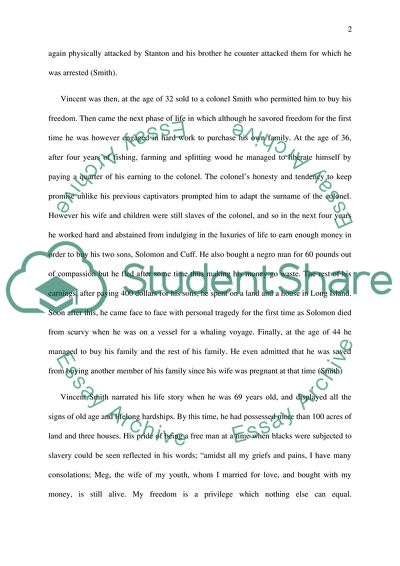Cite this document
(The Life of a Slave: Vincent Smith Book Report/Review, n.d.)
The Life of a Slave: Vincent Smith Book Report/Review. Retrieved from https://studentshare.org/people/1853617-venture-smith
The Life of a Slave: Vincent Smith Book Report/Review. Retrieved from https://studentshare.org/people/1853617-venture-smith
(The Life of a Slave: Vincent Smith Book Report/Review)
The Life of a Slave: Vincent Smith Book Report/Review. https://studentshare.org/people/1853617-venture-smith.
The Life of a Slave: Vincent Smith Book Report/Review. https://studentshare.org/people/1853617-venture-smith.
“The Life of a Slave: Vincent Smith Book Report/Review”, n.d. https://studentshare.org/people/1853617-venture-smith.


